‘A flat lydian’ is the 4th mode of the Eb Major scale. The notes in Ab Lydian are:
Ab – Bb – C – D – Eb – F – G
If you have read the post on understanding the lydian mode, you will know that the lydian mode contains a ‘sharp 4’ (parallel approach). You will also know that it is the 4th mode of the major scale (derivative approach). Because the ‘sharp 4’ is the only difference between the lydian mode and the major scale, it is a very simple mode to analyze. Let’s briefly look at how to construct Ab lydian using both the parallel approach and the derivative approach.
Ab Lydian Mode Using The Parallel Approach
The Ab Major scale contains the following notes:
Ab – Bb – C – Db – Eb – F – G
If we ‘raise’ the 4th note, we get the following:
Ab – Bb – C – D – Eb – F – G
Ab Lydian Mode Using The Derivative Approach
Ab is the 4th note of the Eb Major scale:
Eb – F – G – Ab – Bb – C – D
If we play the Eb Major scale and start on the 4th note we get the following:
Ab – C – D – Eb – F – G – Ab
Let’s look at the Ab lydian mode in the different positions on the guitar fretboard:
Ab Lydian in the Open Position
Firstly, let’s look at the open position:
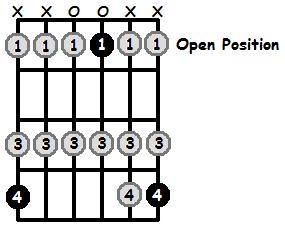
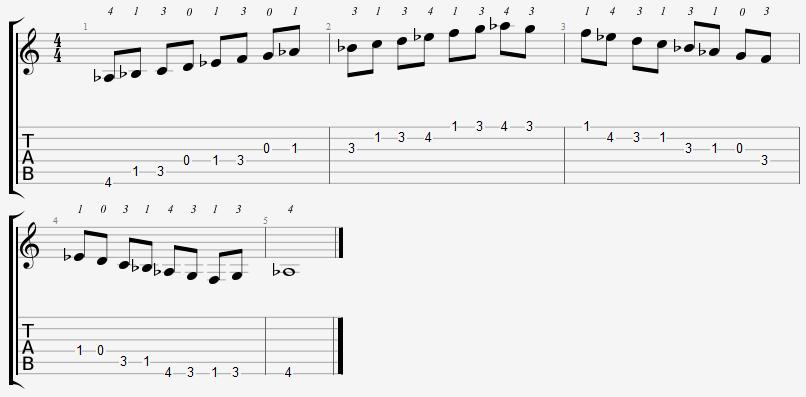
C Lydian Mode CAGED Positions
Now let’s look at C lydian in the 5 different CAGED positions along the fretboard.
Ab Lydian in the 3rd Position (Lowest Fret is 3)
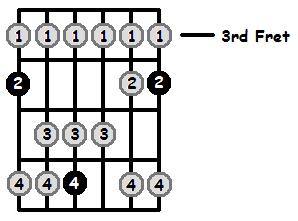
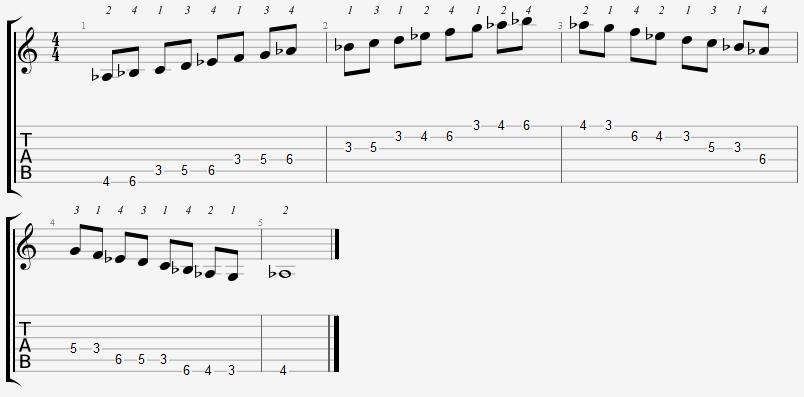
Ab Lydian in the 4th Position (Lowest Fret is 4)
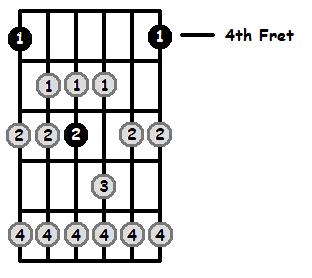
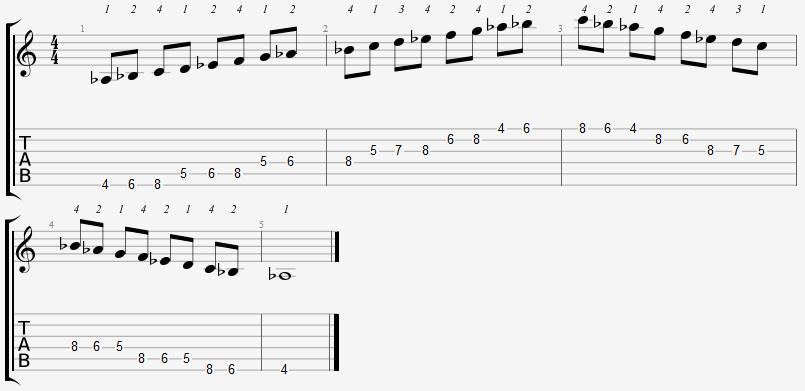
Ab Lydian in the 7th Position (Lowest Fret is 7)
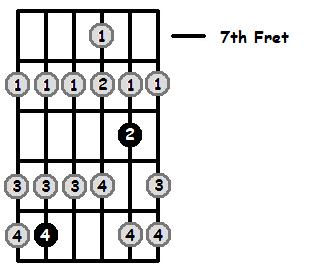
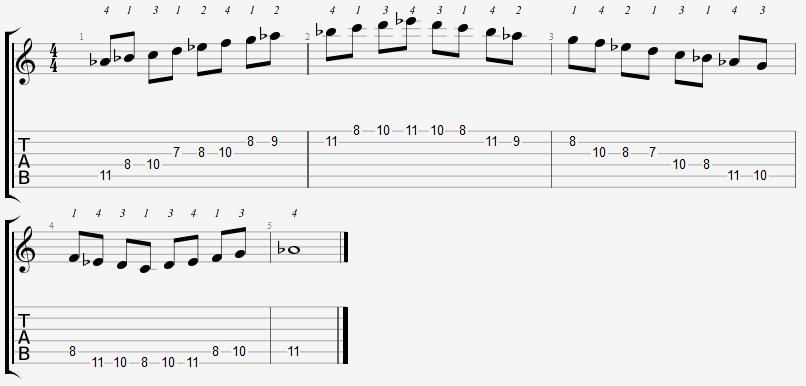
Ab Lydian in the 10th Position (Lowest Fret is 10)
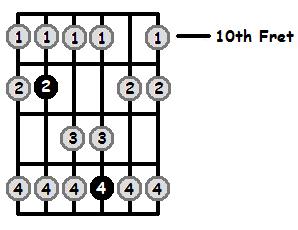
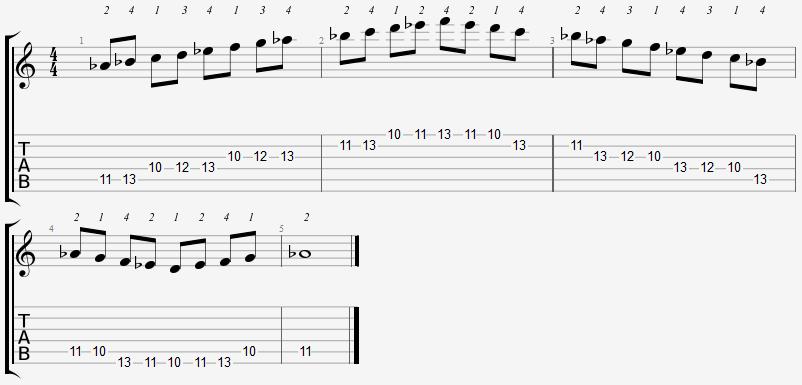
Ab Lydian in the 11th Position (Lowest Fret is 11)
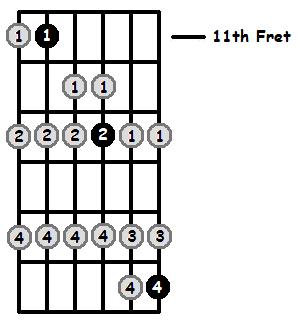
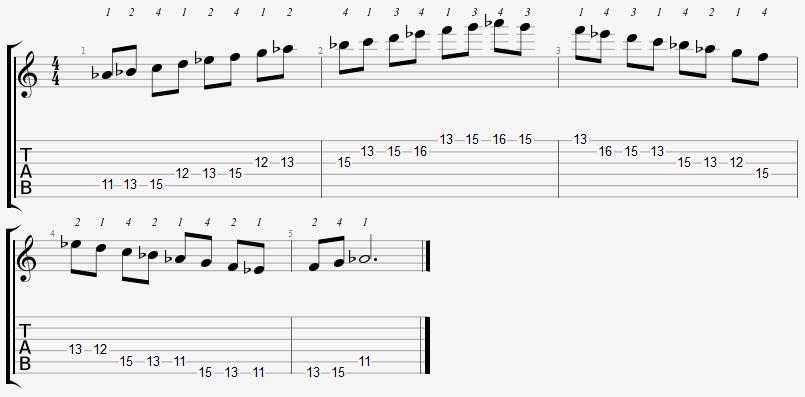
Further Reading
- Eb Major scale (Ab lydian is the 4th mode of the Eb Major scale)
- Ab Major scale (Ab lydian is an Ab Major scale with a raised 4)
- Lydian mode explained
